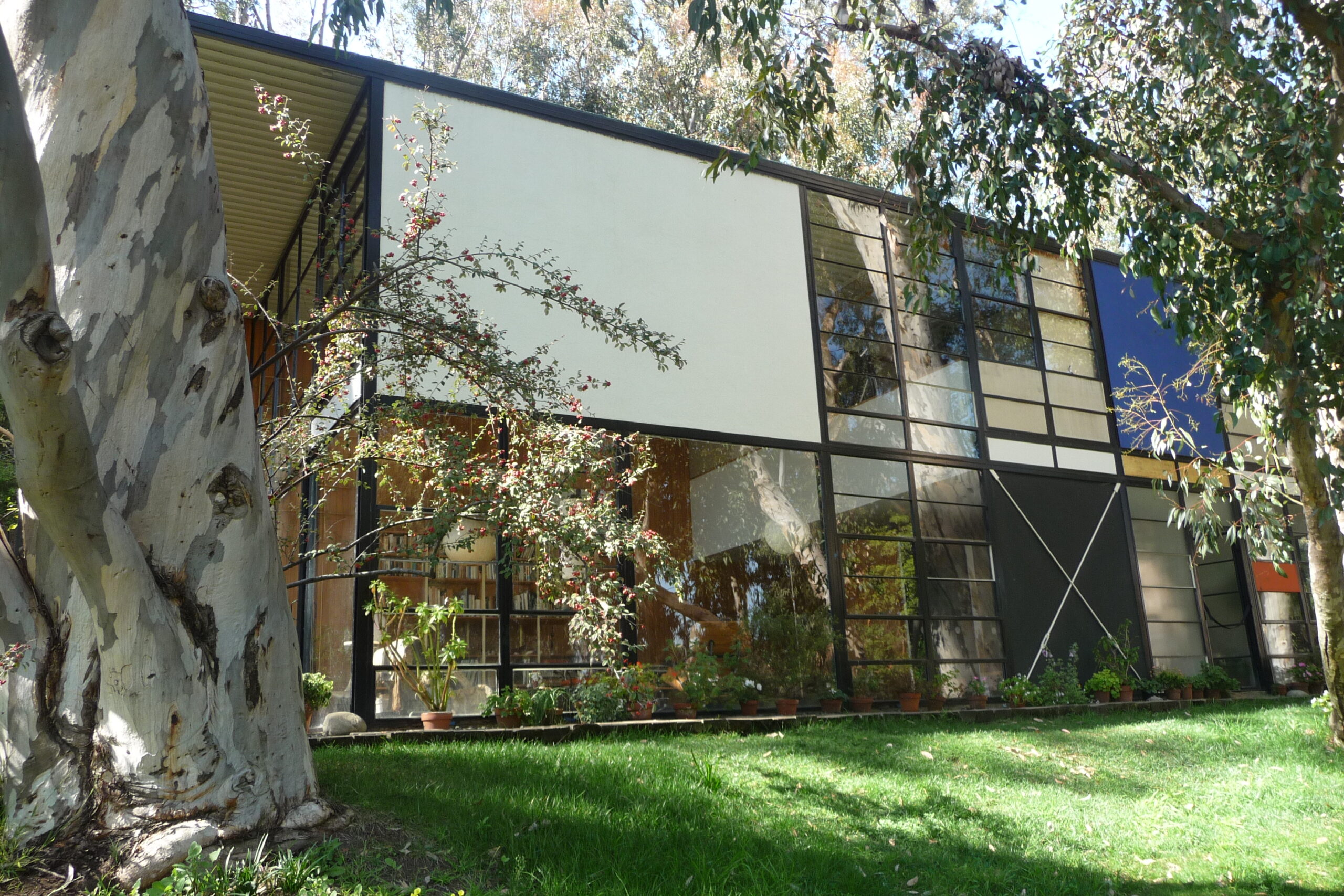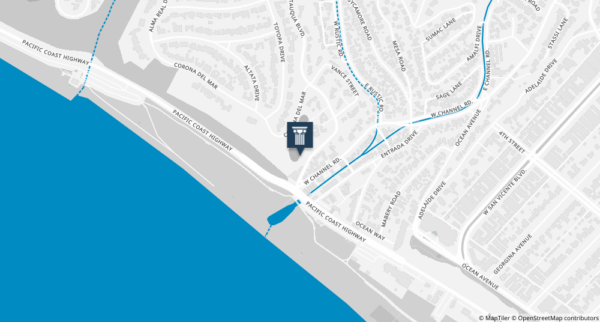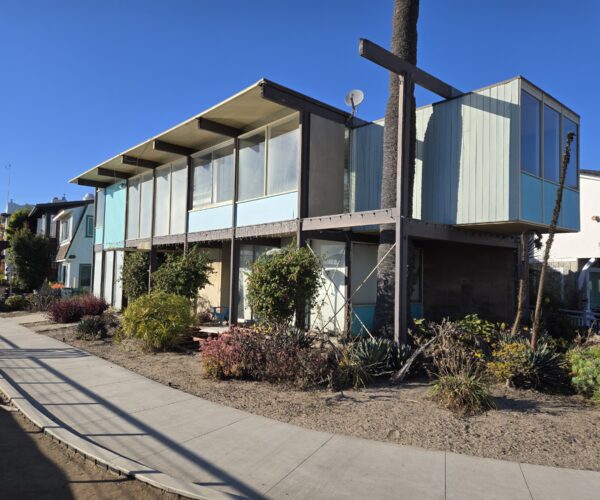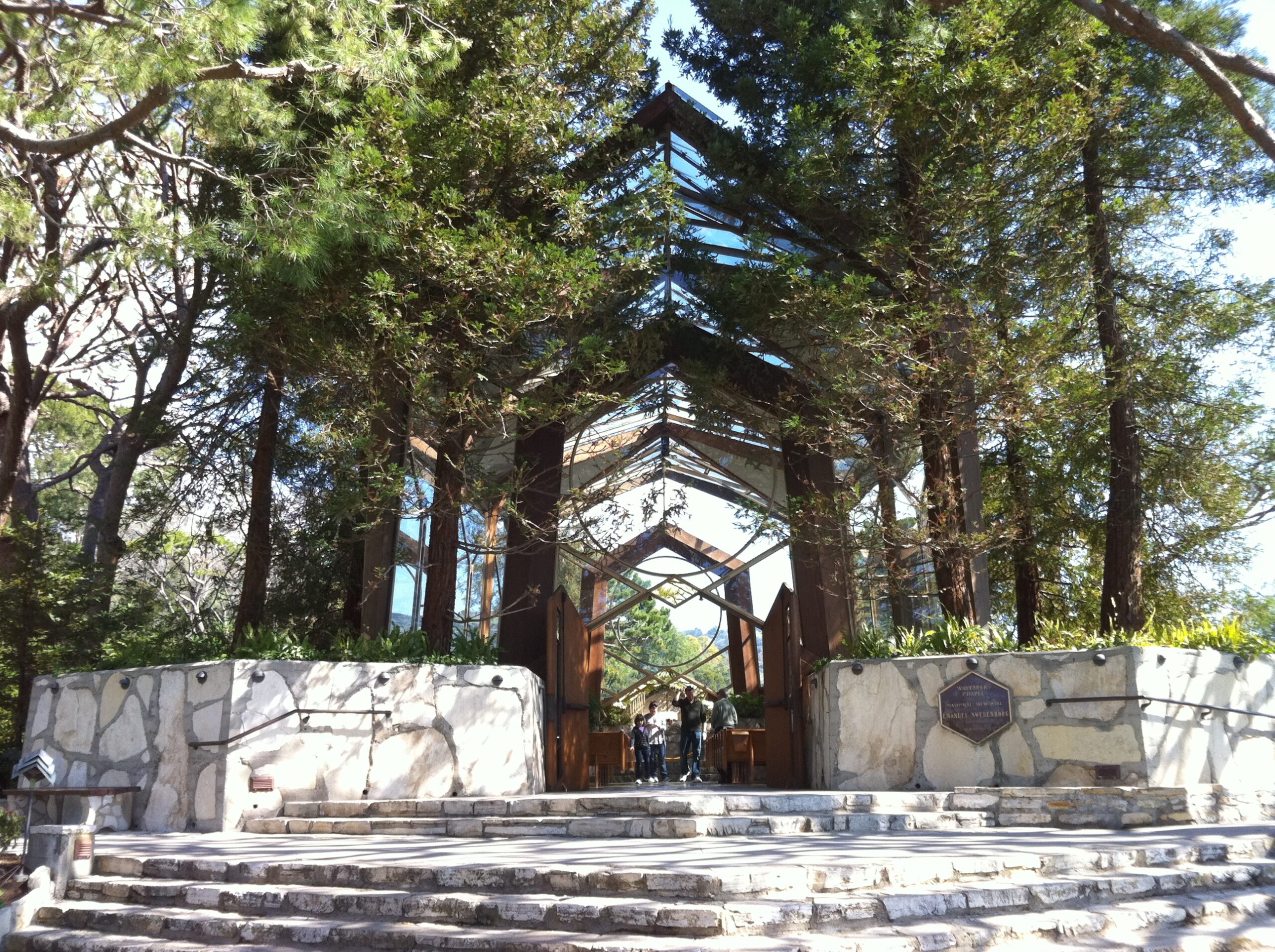
Place
Eames House and Studio (Case Study House #8)
One of the most famous Mid-Century Modern buildings in Los Angeles, designed by its owners, legendary designers Charles and Ray Eames, as two simple boxes that reflect the Eames' love of industrial design and materials.


Place Details
Address
Get directions
Architect
Year
Style
Decade
Property Type
Community
Case Study House #8, better known as the Eames House and Studio, is one of the most famous Mid-Century Modern buildings in Los Angeles. It was designed by its owners, legendary designers Charles and Ray Eames, for Arts & Architecture magazine’s Case Study House program.
Completed in 1949 along with the adjacent Entenza house (designed by Charles Eames and Eero Saarinen), the Eames property actually contains two adjacent buildings: the two-story house and the matching studio, separated by a small patio. Both buildings are simple boxes that reflect the Eames’ love of industrial design and materials, as well as Ray Eames’ bold graphic and monochromatic sensibility. They are built of steel frames clad in fixed panels made of plaster, wood, and glass, some opaque, some translucent, and some transparent. Pops of white and bright primary colors among the beige, black, and gray panels lend a Mondrian-style touch to the façades.
The design is modular, highlighting its industrial nature, and the structure of the buildings is abundantly evident. But the house’s interior is anything but rigid and cold.
Clad in warm woods and packed with custom-designed furniture, plants, and folk art, the inside of the house illustrates how inviting Modern design can be.
The two-story-high living area feels like a treehouse, lit with natural sunlight dappled by the eucalyptus trees outside. Today, the Eames Foundation maintains the Eames House and Studio as a truthful and inspiring icon of Modern design.
The Conservancy does not own or operate the Eames House and Studio.


